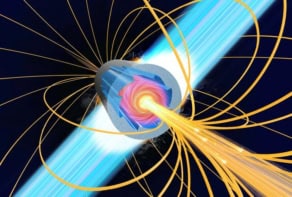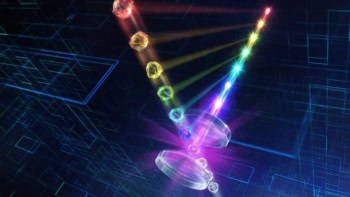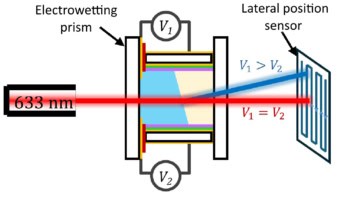Scientists from the Center for Ultrafast Optical Sciences at the University of Michigan in the US, claim to have generated a laser spot with a power density of 0.85x1022 watts per centimetre squared -- the highest intensity ever recorded. The intense focal spot, which measures 0.8 microns across, was made by optimizing the focusing of pulses from the Center's HERCULES laser system.
HERCULES is a custom-made titanium:sapphire laser that uses chirped pulse amplification (CPA) to generate ultrashort pulses with a power of 45 terawatts (27 femtosecond pulses containing 1.2 joules of energy). The Michigan team used adaptive optics, a well known technique for correcting wave-front distortion, to focus their pulses to the smallest spot possible. Pulses from HERCULES were reflected off a deformable mirror before being focused down by a paraboloid mirror.
The shape of the deformable mirror was adjusted to correct for any distortions in the beam and optimize the focusing. Using the technique the team managed to generate focused intensities of between 0.66 and 0.85×1022 watts per centimetre squared.
“It is the laser wave-front fluctuations that will ultimately limit the focused intensity and its spatial resolution,” the team told delegates at the post-deadline session of CLEO 2004 in San Francisco in May. “In our case, HERCULES is remarkably stable. The shot-to-shot fluctuation of wave-front has an rms (root mean square) deviation from its average shape of about 1/20.”
Gerard Mourou, the Center’s director, invented CPA in the late 1980s as a way to amplify pulses to much higher powers. The technique involves stretching an ultrashort pulse to several nanoseconds so that it can amplified without its peak power damaging the gain medium. After amplification the pulse is recompressed to give a very powerful ultrashort pulse.


